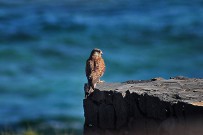-

-
We are specialists for your holidays in La Palma. With personalized assistance on-site.
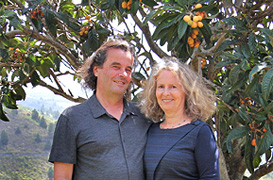
Ulrich & Evelyn Roth -
Our service numbers
Write e-mail+34 822 68 00 89
+49 7442 819 85 90
We're available from Monday to Friday from 10:00 a.m. to 6:00 p.m., and Saturdays from 10:00 a.m. to 1:00 p.m.
-
Accommodations
- with pool 90
- on the seaside 43
- with internet 204
-
Northwest >>
130
- Aguatavar 7
- Arecida 6
- El Castillo 1
- Garafía 4
- Las Tricias 7
- Puntagorda 42
- Tijarafe 22
- Tijarafe Costa 6
- Tijarafe El Jesús 12
- Tijarafe La Punta 21
- Tinizara 2
-
Aridane Valley >>
225
- Celta 7
- Charco Verde 3
- El Paso 23
- Hermosilla 1
- La Bombilla 2
- La Laguna 11
- Las Manchas 24
- Las Norias 11
- Los Llanos de Aridane 25
- Puerto de Naos 45
- San Nicolas 8
- Tacande 2
- Tajuya 9
- Tazacorte Costa 5
- Tazacorte Puerto 14
- Tazacorte Villa 23
- Todoque 12
-
South >>
31
- Fuencaliente 7
- Las Indias 4
- Lomo Oscuro 1
- Los Quemados 6
- Salemera 2
- Tigalate 2
- Villa de Mazo 9
- East >> 16
-
Northeast >>
5
- Barlovento 2
- Los Sauces 2
- Puntallana 1
The Kestrel
The Kestrel certainly is one of the most seen Bird of Pray on La Plama.
"cernícalo"
The Common Kestrel
Falco tinnunculus ssp. canariensis
The Canary Kestrel is often spotted on La Palma, it settles on the coast, in the mountrains, forests and volcanic landscapes.
“cernícalo”
On the central and western Canary islands the Common Kestrel, falco tinnunculus, developped the subspecies canariensis.
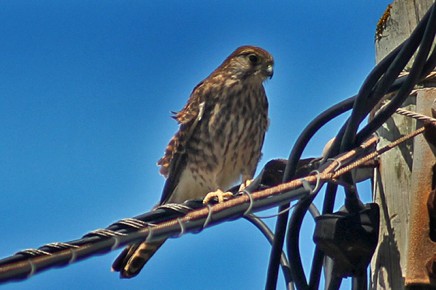
Birds reach a body length of 31 to 38 cm and a wingspan of 70 to 82 cm.
From the local subspecies the male has a reddish-brown back with black spots; the underside shows an ochre or lightly reddish colour.
Body and tail are grey, the tail features a wide, black patch.
Females have a reddish-brown upper side with dark cross stripes, instead of spots. Their tail has a reddish colour and also is cross-striped.
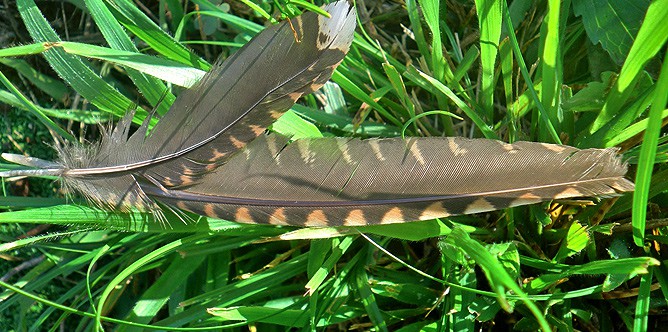
The Scream of the Kestrel is ist sharp and easy to locate because of their Hovering Flight
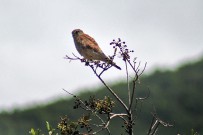
On La Palma the „cernícalo“ settles in oastal regions, open country, volcanic- and cultural landscapes, forests and mountain regions.
Kestrels are frequently spotted on cliffs when gliding or nose-diving.
Their preferred nesting places are rock shelters, sometimes Kestrels also breed in Canary pine trees, in palms or even in dragon trees.
Females breed between 4 to 6 Eggs during 1 month
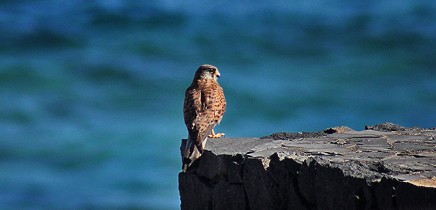
Both parents feed their offspring for about 3 weeks and even afterwards the family stays together for some time.
Lizards, mice and insects like crickets and beetles are their basic food resource. Once in a while they chase small birds.
Whenever ravens or common buzzards enter their territory they are scared away by turbulent flight attacks.
Photos: Ines Dietrich


